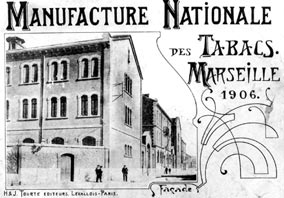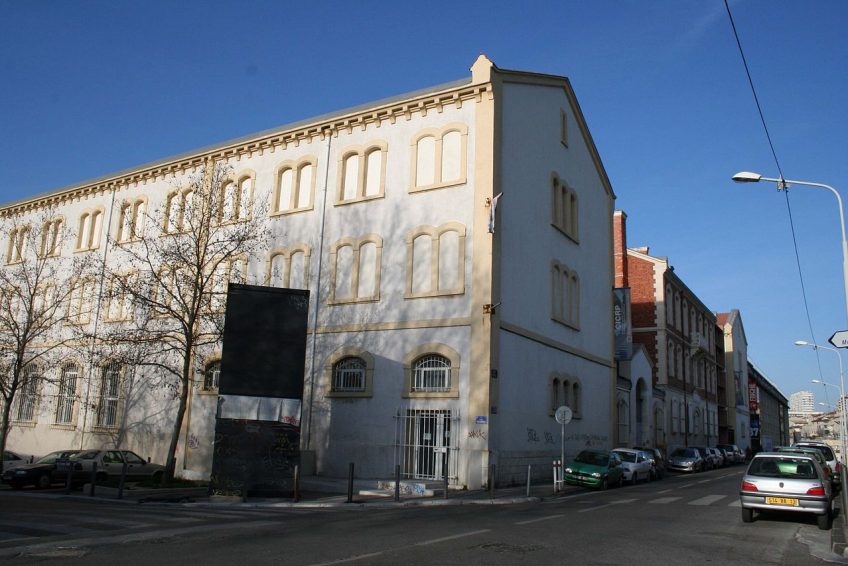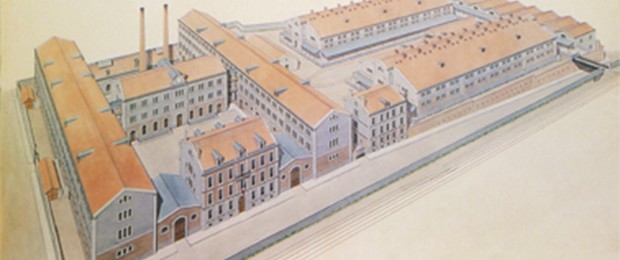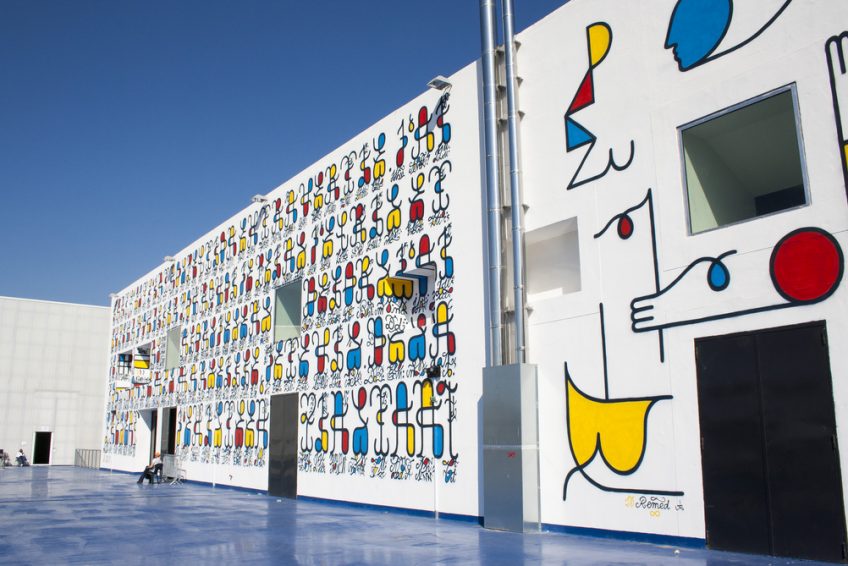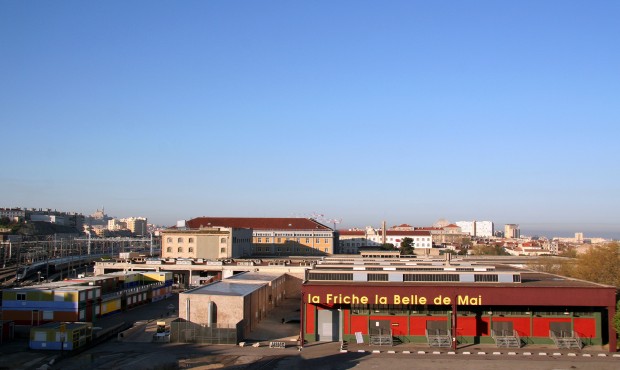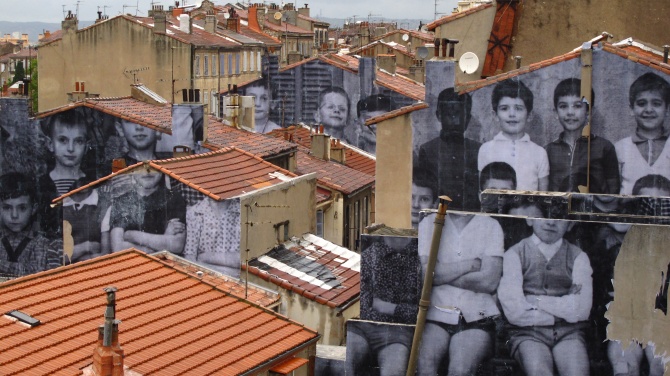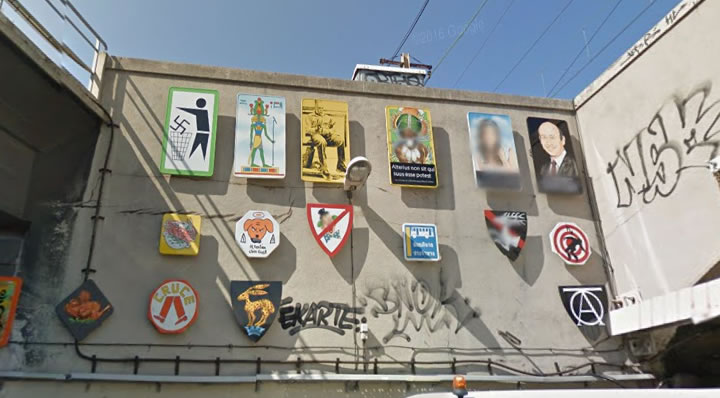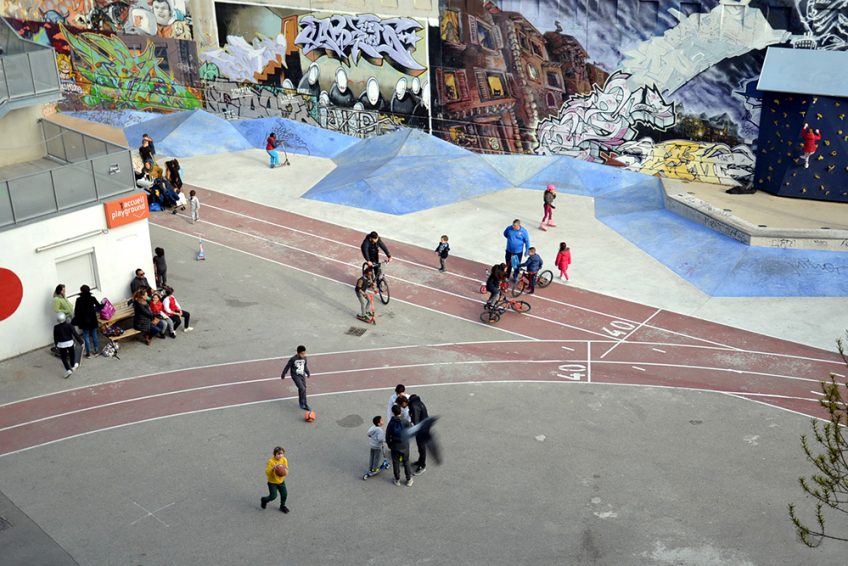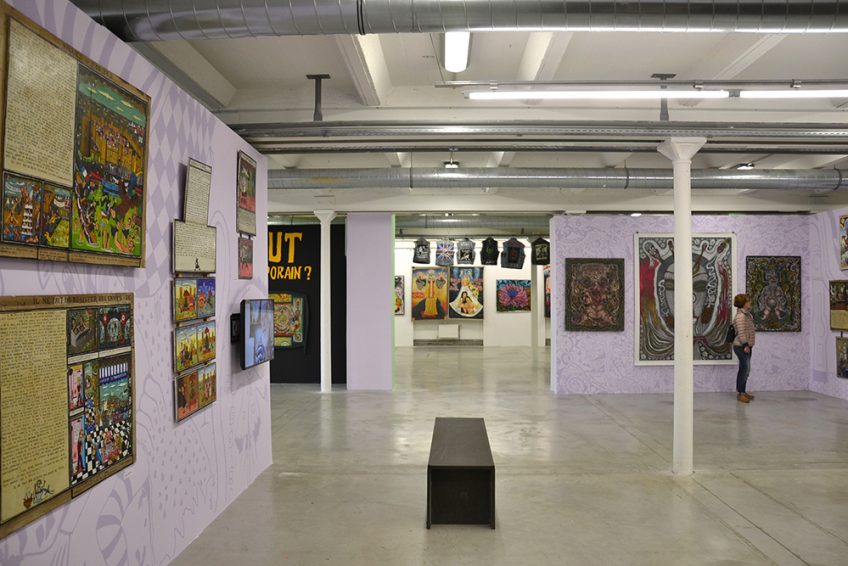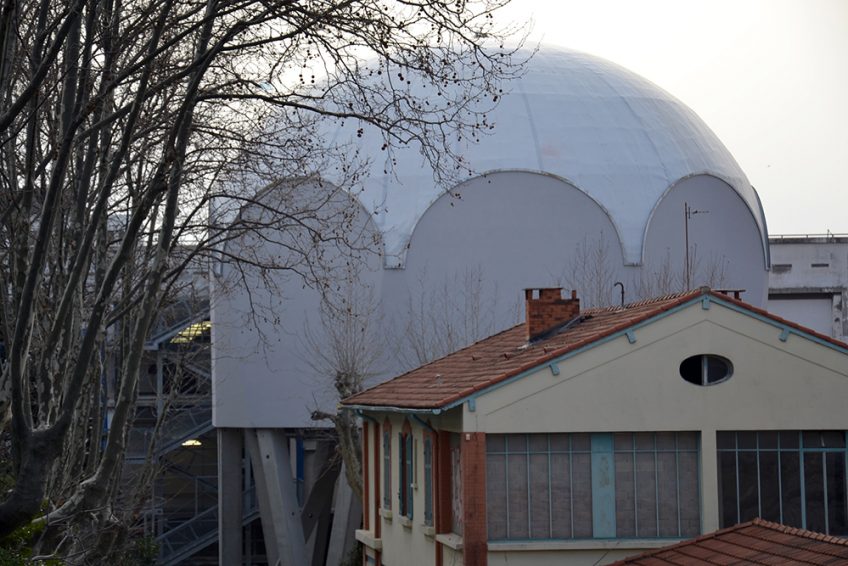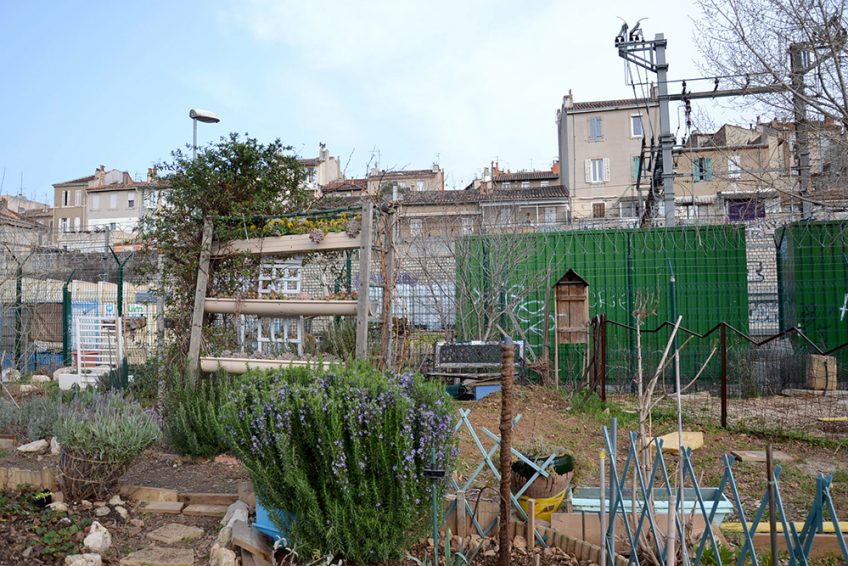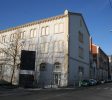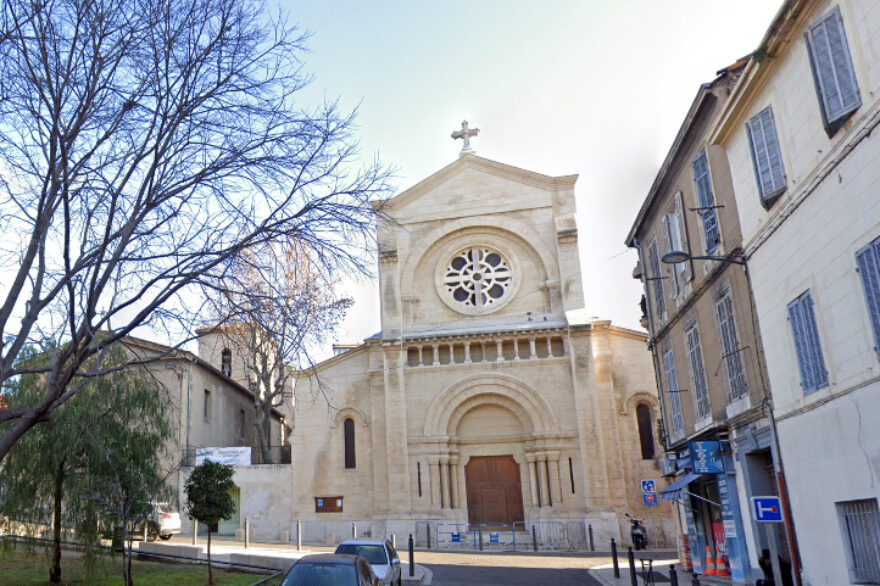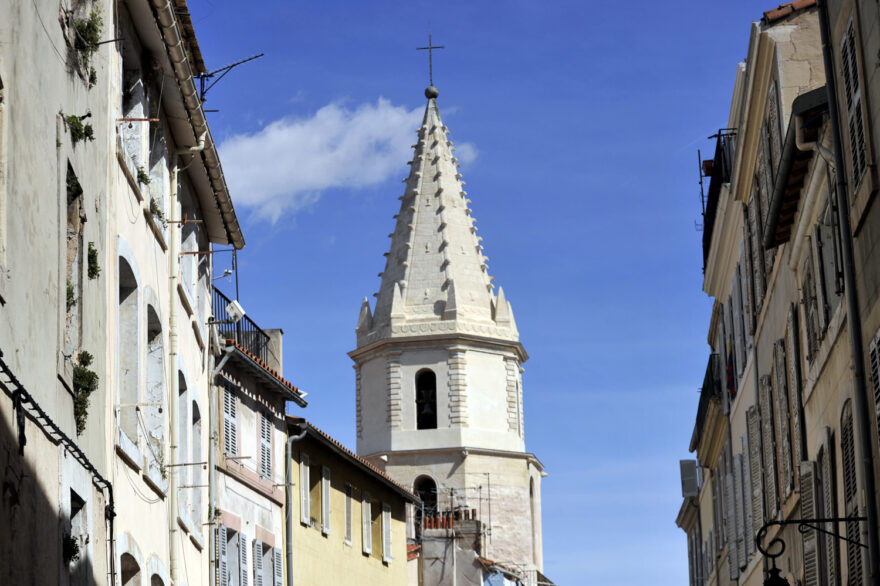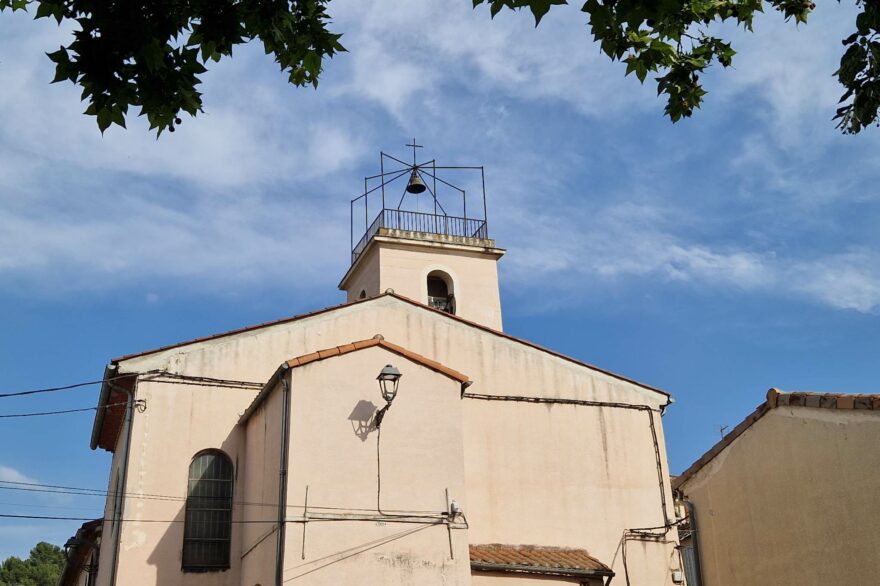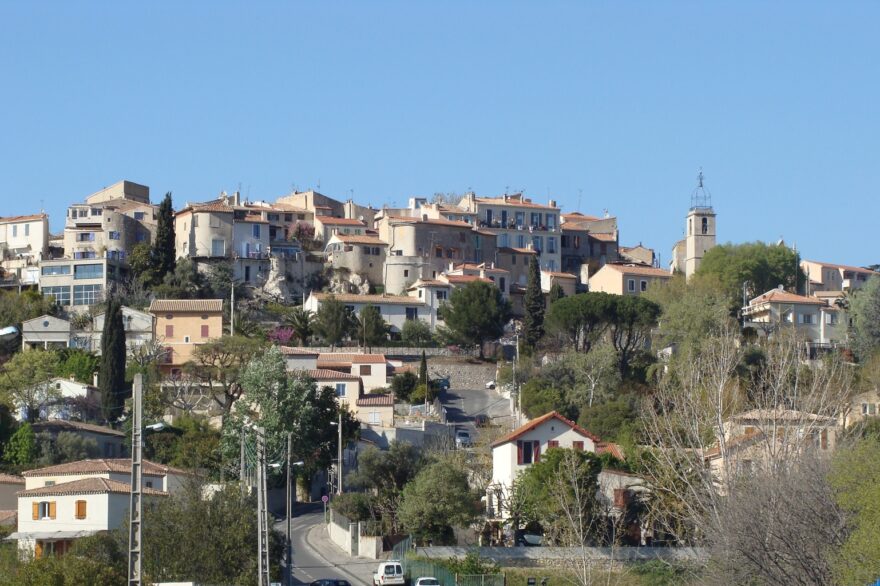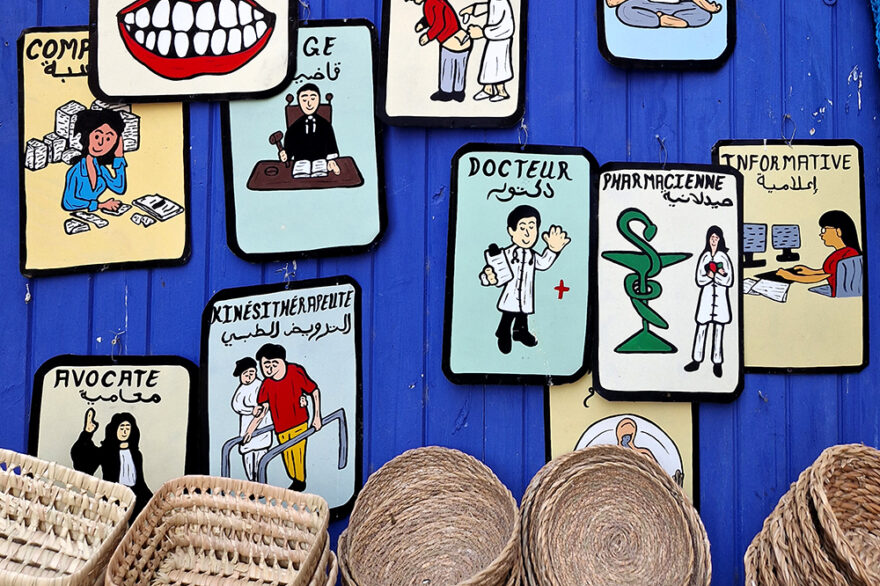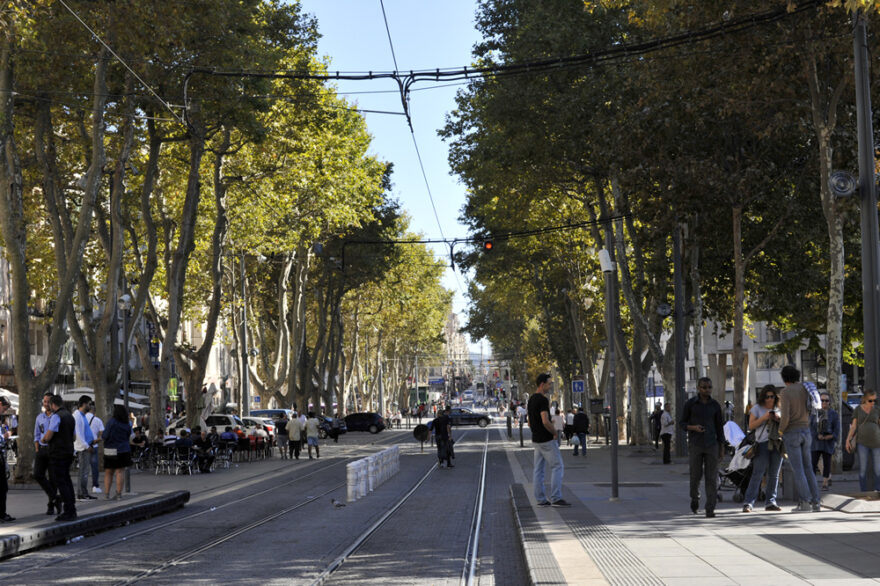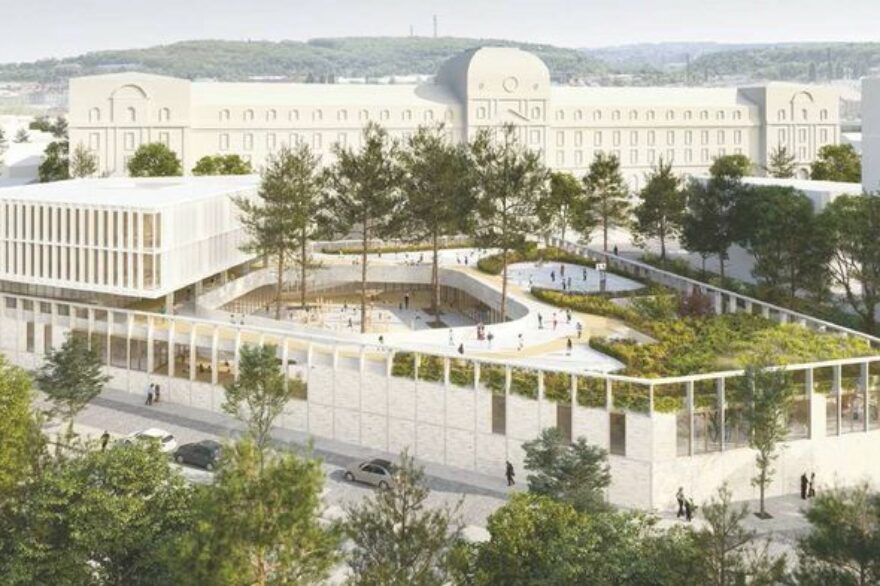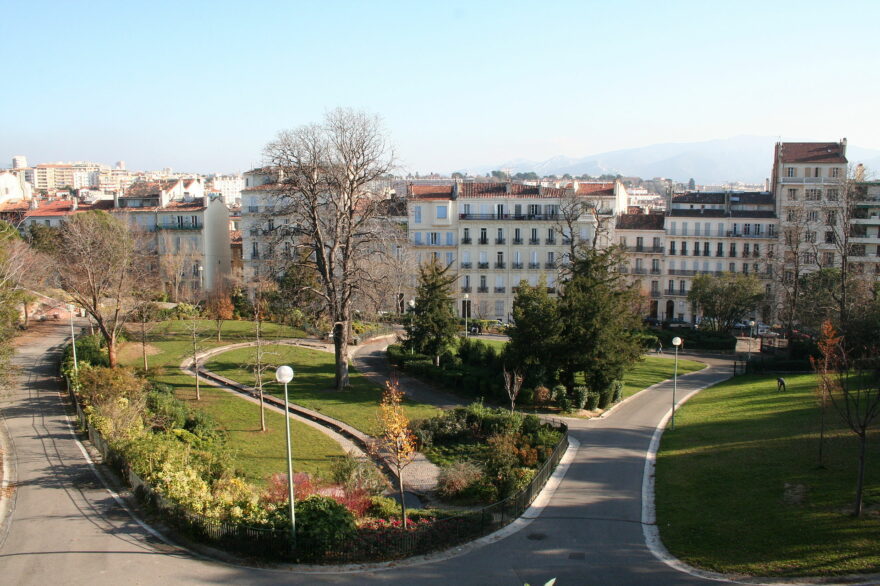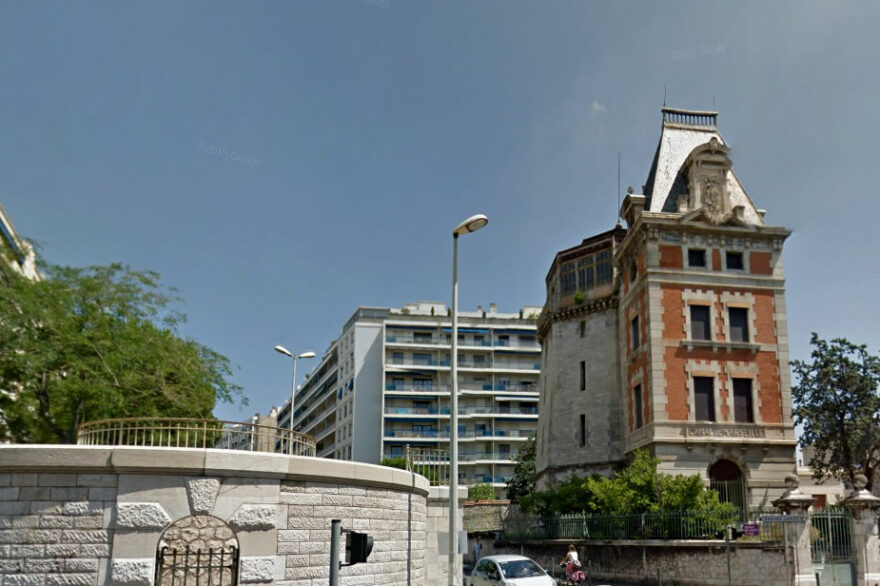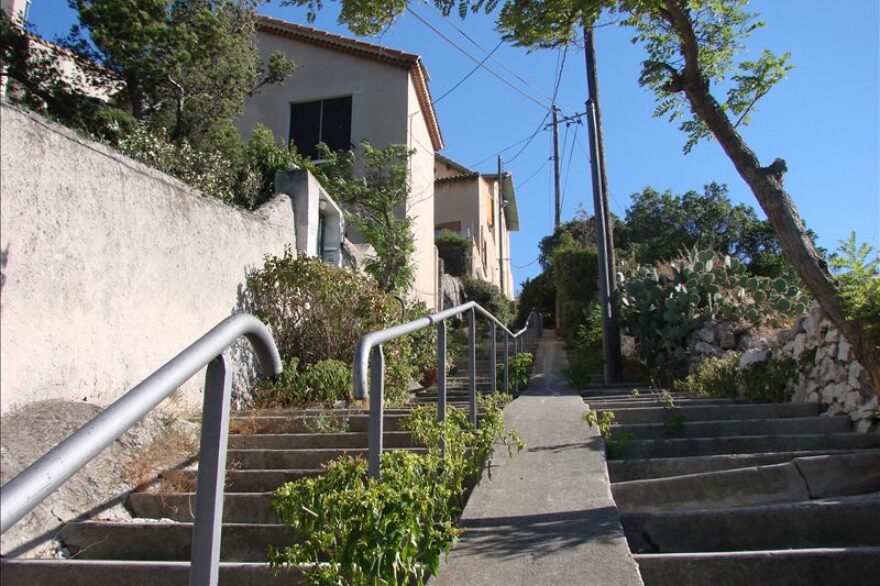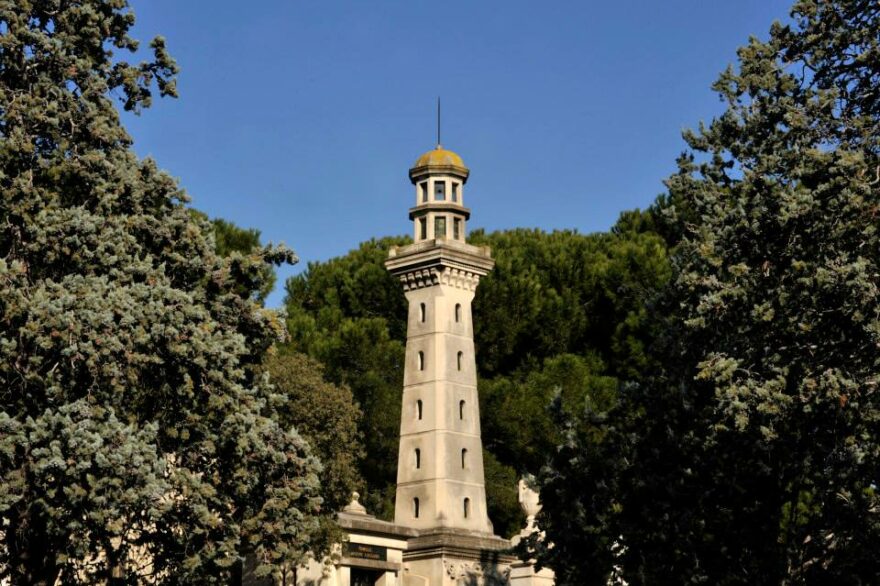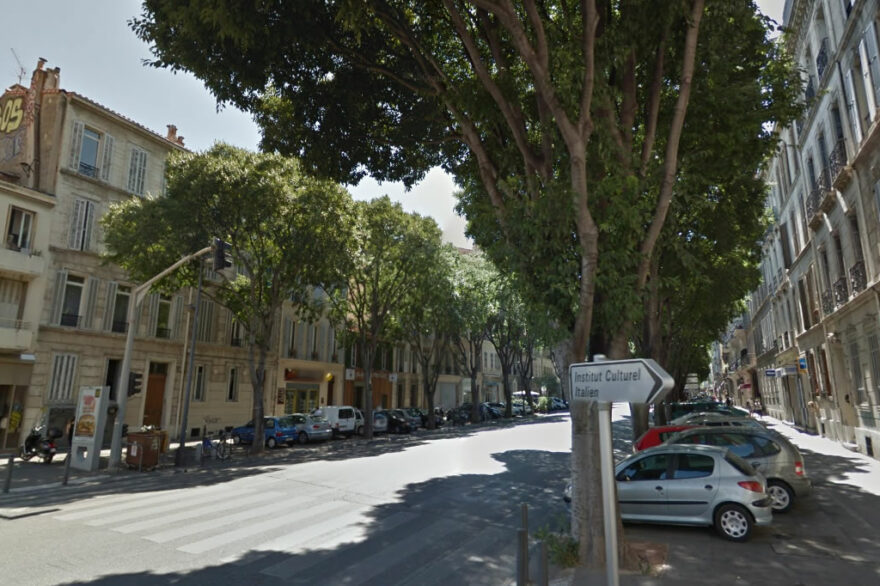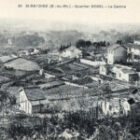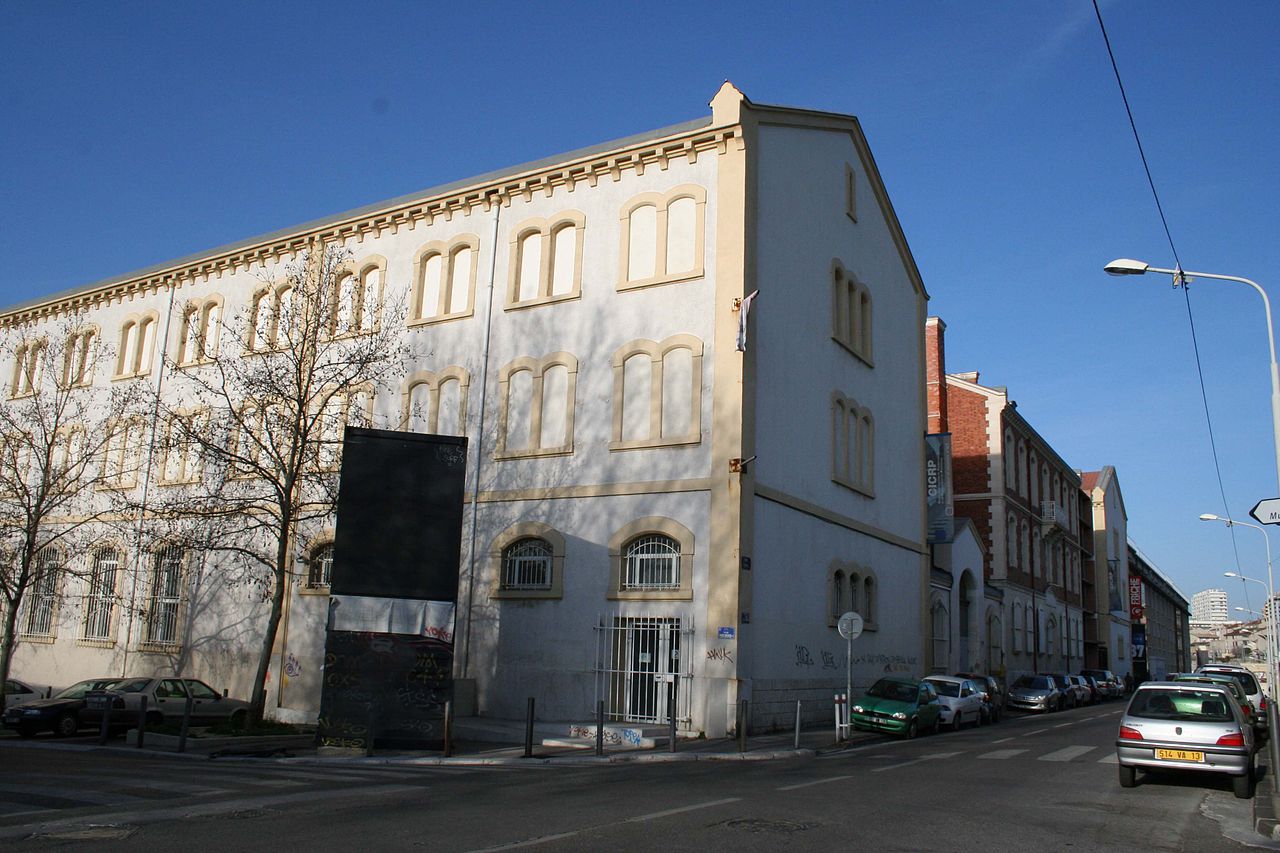
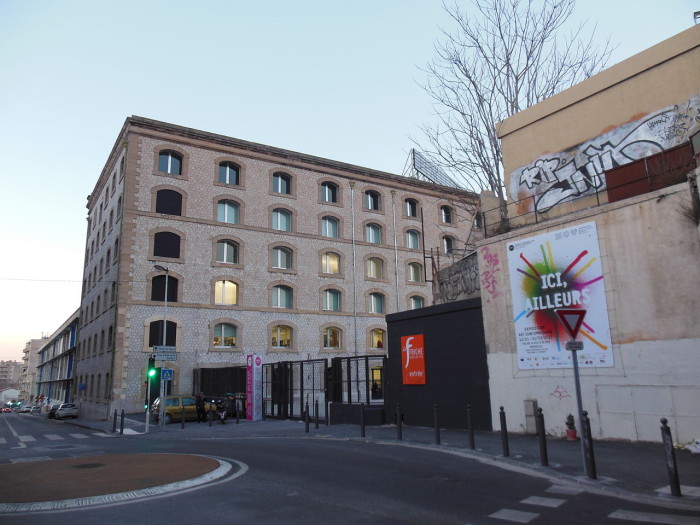
Belle de Mai Wasteland
The etymology of the name is controversial. One version says that a child was elected Belle de Mai and installed on a platform in the spring during the rose festival. But this does not seem to be a historical tradition.
Another version has it that in the XNUMXth century, a vine growing on the land of Plombières bore the name of Bèla de Mai (Belle-d'avantage, in Provençal) because it was a late vine, that is to say, say which gave grapes until December.
A path of the Belle de Mai went from Plombières to the Aix Gate passing by the Saint-Charles cemetery and by the current rue Belle de Mai.
History
XIXth century
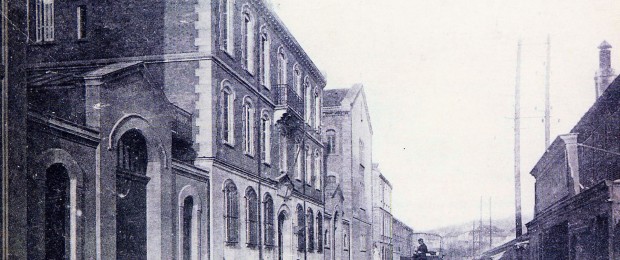
Tobacco Factory
A holiday resort for notable Marseilles at the beginning of the XNUMXth century, La Belle de Mai made its reputation in the summer with its orchards, its guinguettes and its popular balls.
Its proximity to the Port of Joliette built at the beginning of the 1830th century, encourages dockers to settle there. Then, the factories for refining sugar (Les Sucres Saint-Charles around XNUMX) and matches (the chemical factories were confined outside the towns) were set up. A freight station is added to the set.
In 1868, on the site of the former sugar refinery, the Tobacco factory, built according to the plans of Desire Michel. The district thus became during the 1900th century an almost exclusively working class district. In XNUMX, it was mainly populated by Italians fleeing misery and unemployment in Tuscany and grouping together by families and often victims of racism.
The neighborhood is at the forefront of union and socialist struggles. Clovis Hughes, mayor of Belle de Mai, became the first socialist deputy elected to the French Parliament in 1881.
Twentieth century
During the Occupation, the Belle de Mai was a center of communist resistance.
In the 1960s, the Manufacture de tabacs was one of the most important in France, but this peak period was followed by a long decline which led management to close the factory in the early 1990s and transfer the production in Vitrolles. This closure causes the decline of the district, with the aging population and the deteriorated buildings. Many businesses then closed.
In 1992, part of the industrial wasteland became a cultural place housing artistic structures of all disciplines: Belle de Mai Wasteland. In 1994, the City of Marseille bought part of the factory dating from the XNUMXth century, to transform it into a heritage centre. The Municipal Archives, the Interregional Center for the Conservation and Restoration of Heritage and the Municipal Fund are located there.
The neighborhood today
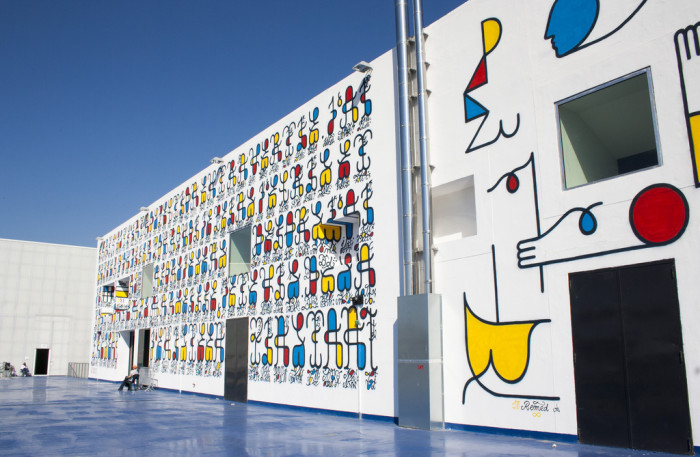
Belle de Mai Wasteland
In 2005, Place Bernard Cadenat, in the center of the district, was completely renovated. It brings together the main shops and a daily market. Every year the Belle de Mai festival takes place, during which traders display their products in the street like fairgrounds, against a background of music and shows.
Since 2004, as part of the Euroméditerranée project, the former factory buildings have housed, in addition to the Cultural Wasteland and the Archives, a Media Center comprising business offices and a cinema studio and television.
It is notably the filming location of the television series Plus belle la vie broadcast by France 3. The Beautiful May Wasteland is also expanding, opening in 2013 a “tower” dedicated to contemporary art, the Panorama Tower. The district is also home to the Mucem Conservation Center and Cinema the Gyptis.
However, the Belle de Mai remains a very working-class district whose identity was built by the contribution of successive waves of immigrant populations. Mainly Italian district, then also Polish, Spanish or Armenian, the Belle de Mai today has many inhabitants from the Maghreb and the Comoros.
